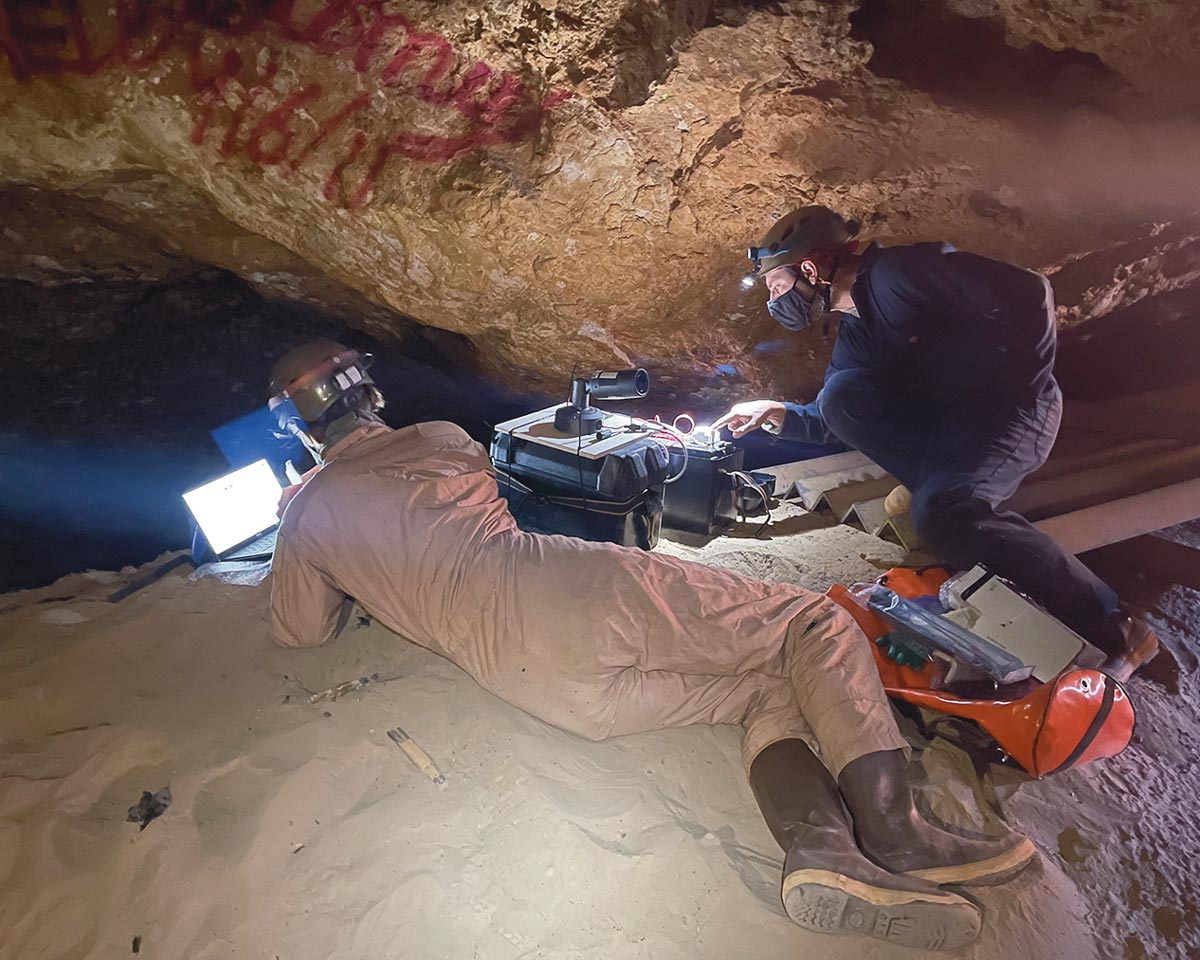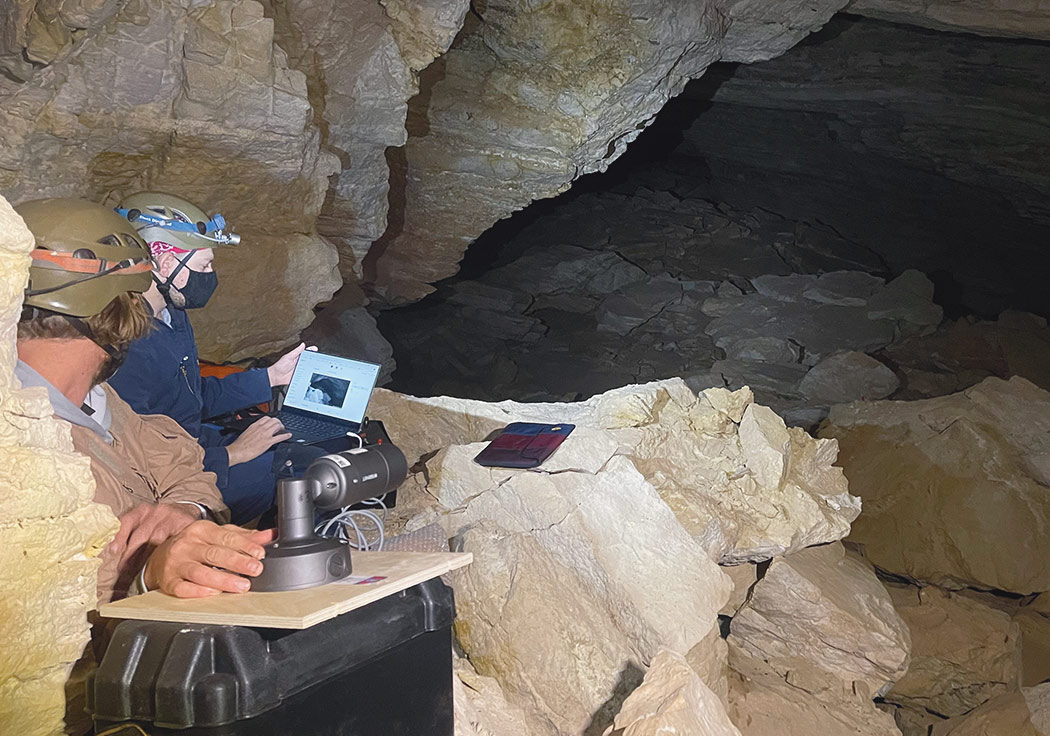
Researchers Remotely Peek Into the World of Bats
It wasn’t practical to send someone to sit outside each cave for weeks on end hoping to glimpse a bat. Instead, BLM and Bat Conservation International (BCI) partnered with Wildlife Imaging Systems (WIS), which created a system to automate the task and capture bat activity using cameras and infrared technology.

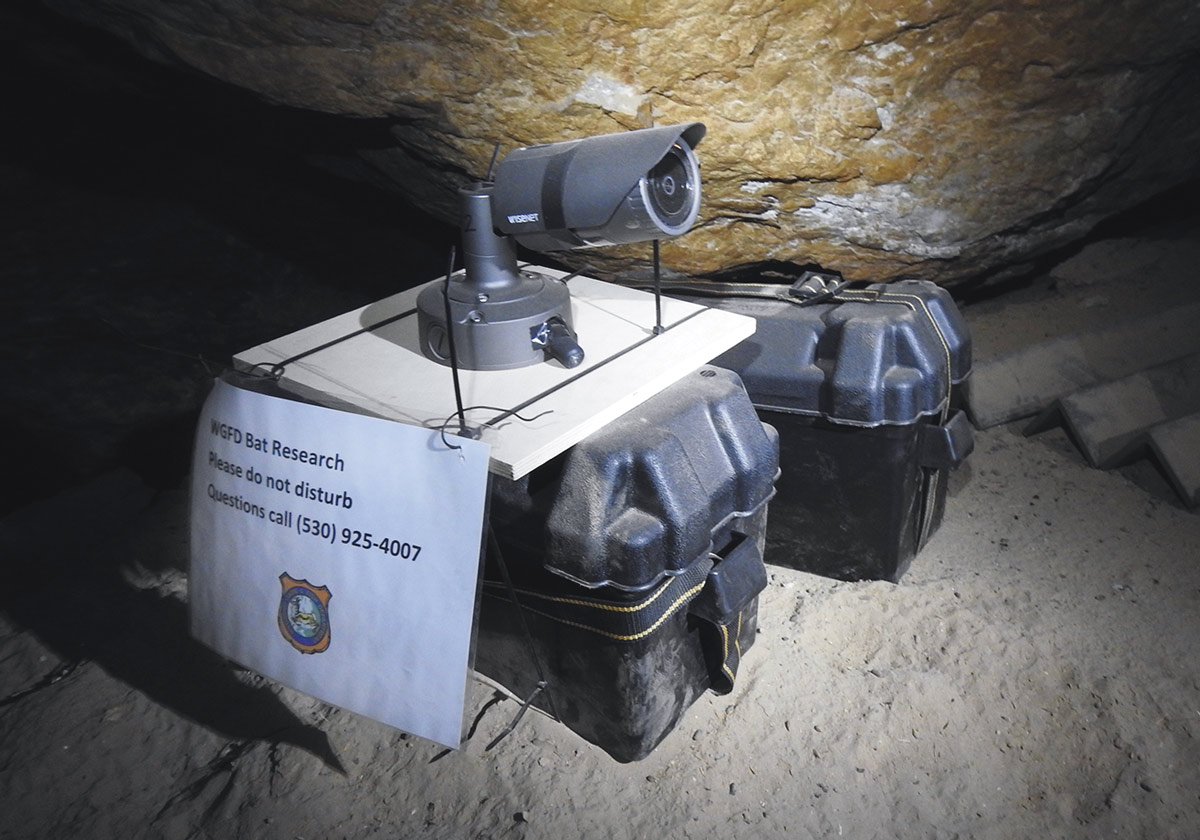
“It allows us to look at these images and get a quick snapshot of what happened across hours of time at night,” BCI Subterranean Team Lead Shawn Thomas says. “It’s a pretty amazing and novel approach to doing continuous monitoring.”
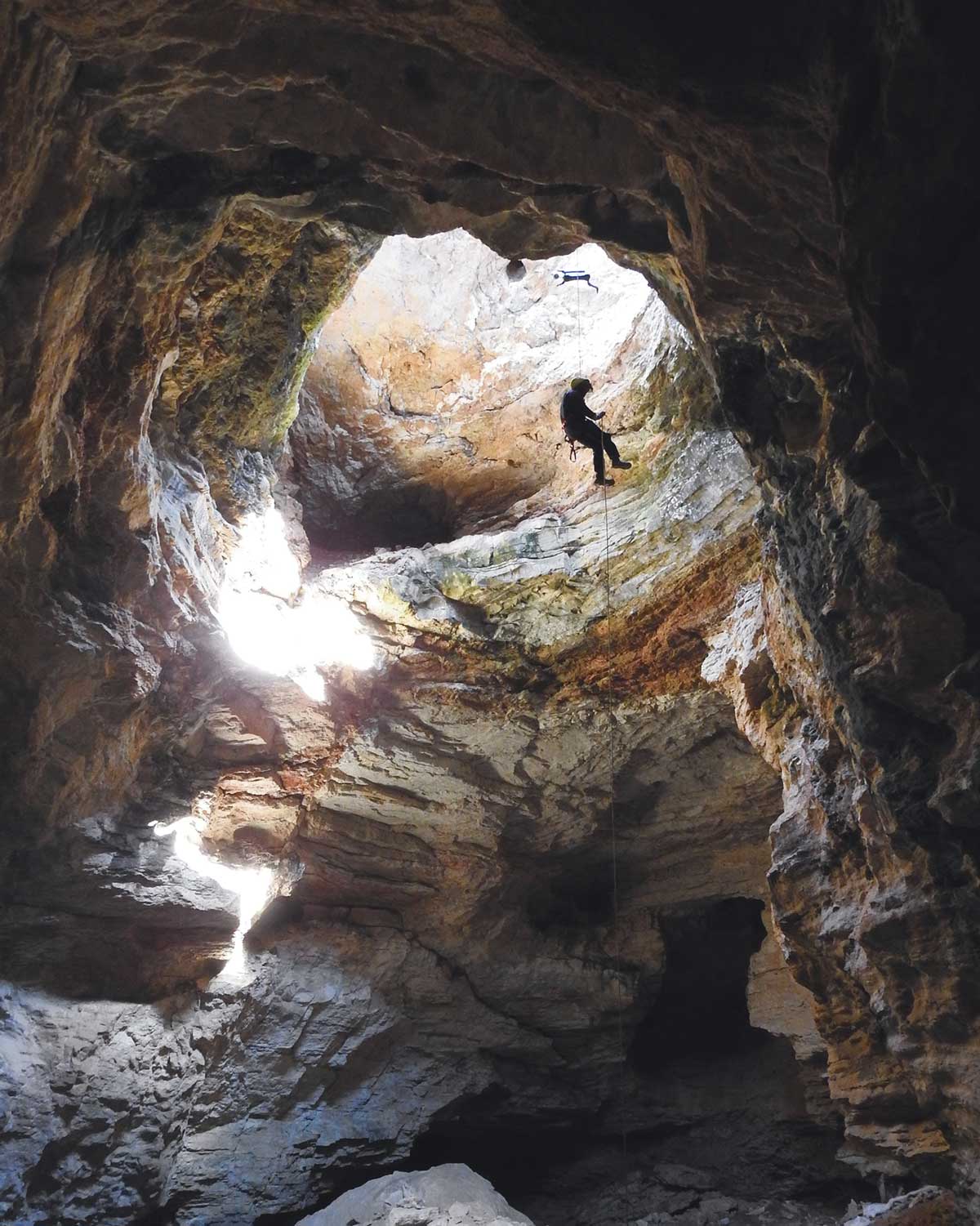
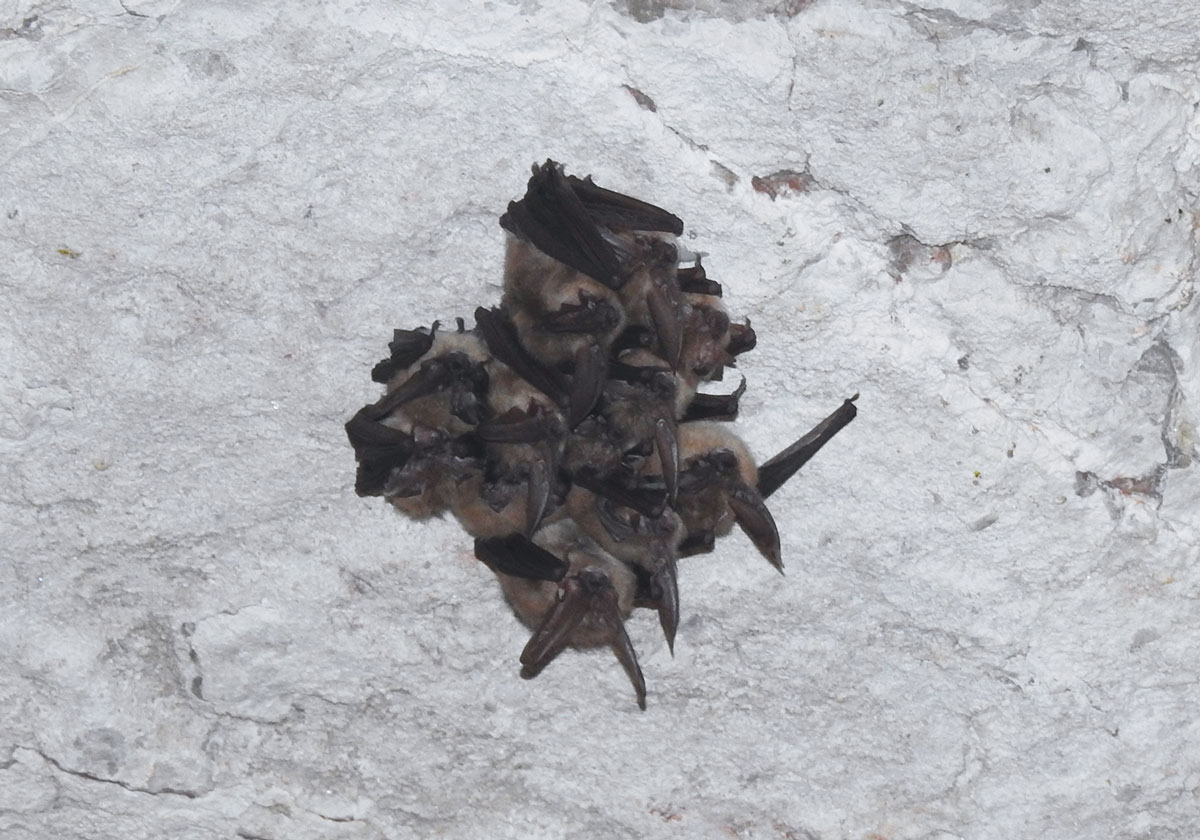
“The technology is the most exciting aspect,” Thomas says. “It’s the first time we’ve tried anything like that. It was pretty successful,” he says, noting the technology is now being further refined for use in other projects.
